Introduction
Seldén offers a range of rigging screws designed for strength, durability, and corrosion resistance. These screws are essential for adjusting tension in standing rigging, ensuring optimal performance and safety.
Types of Seldén Rigging Screws
1. Bronze Rigging Screws
- Material: Chrome-plated aluminum bronze body with stainless steel terminals.
- Advantages: Highly resistant to corrosion and prevents thread seizure.
- Common Configurations:
Fork/Fork Rigging Screw

- Description: Features a fork at both ends, allowing direct attachment to chainplates or tangs.
- Best for: Standing rigging where articulation is needed.
- Advantages:
- Provides secure and stable connections.
-
Allows movement to reduce stress on fittings.
- Common Use: Shrouds and stays on yachts.
Stud/Fork Rigging Screw

- Description: One end has a threaded stud, while the other has a fork.
- Best for: Connecting directly to mast fittings or chainplates.
- Advantages:
- Adjustable length via the threaded stud.
- Strong and compact design.
- Common Use: Forestays and backstays.
Fork/Toggle Rigging Screw
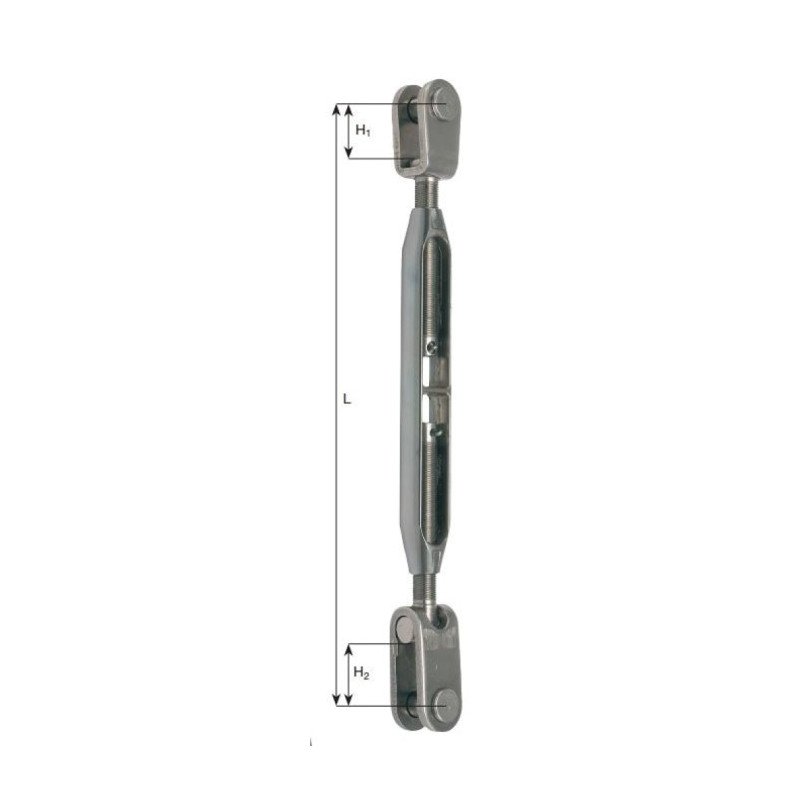
- Description: A fork on one end and a toggle on the other.
- Best for: Applications requiring extra articulation.
- Advantages:
- Reduces side loading stress.
- Allows flexibility in rigging.
- Common Use: Lower shrouds and backstays.
Stud/Toggle Rigging Screw

- Description: A threaded stud on one end and a toggle on the other.
- Best for: Adjustable rigging with movement flexibility.
- Advantages:
- Provides adjustability while allowing movement.
- Reduces fatigue in high-load areas.
- Common Use: Forestays and backstays.
Stemball/Open Rigging Screw
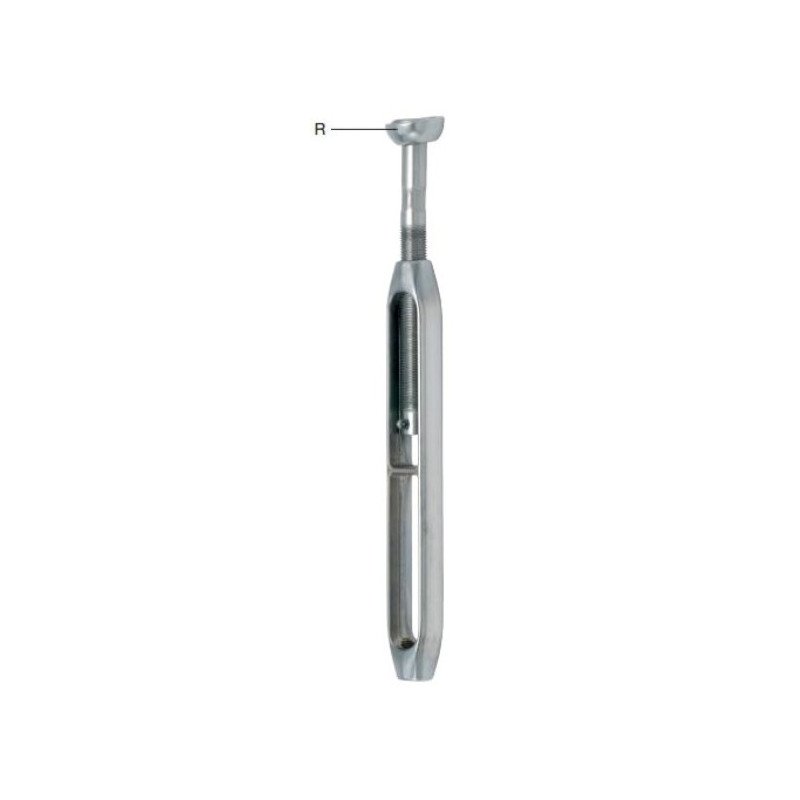
- Description: A stemball fitting on one end and an open-body screw on the other.
- Best for: Mast-mounted rigging.
- Advantages:
- Flush fit into mast fittings.
- Strong and low-profile design.
- Common Use: Mast-mounted shrouds.
Stemball/Fork Rigging Screw

- Description: A stemball fitting on one end and a fork on the other.
- Best for: Mast-mounted rigging with chainplate connections.
- Advantages:
- Flush fit into mast fittings.
- Allows direct attachment to chainplates.
- Common Use: Upper shrouds.
Stemball/Stud Rigging Screw
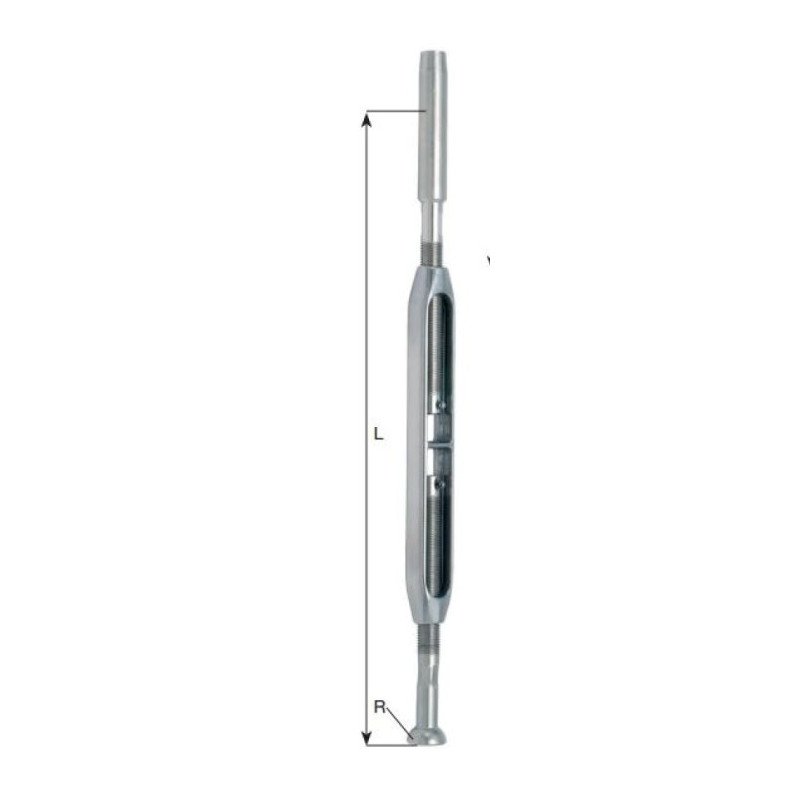
- Description: A stemball fitting on one end and a threaded stud on the other.
- Best for: Mast-mounted rigging with adjustability.
- Advantages:
- Flush fit into mast fittings.
- Adjustable length via threaded stud.
- Common Use: Upper shrouds and forestays.
Open/Stud Rigging Screw
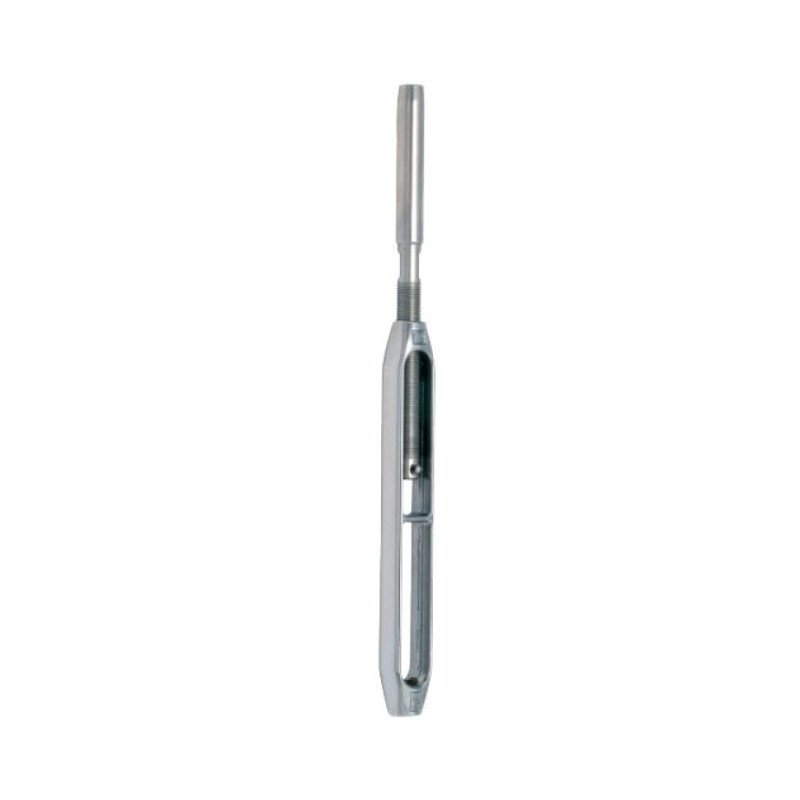
- Description: An open-body screw with a threaded stud.
- Best for: Adjustable rigging with easy inspection.
- Advantages:
- Open-body design allows easy maintenance.
- Adjustable length via threaded stud.
- Common Use: Forestays and backstays.
Stud/Eye Rigging Screw
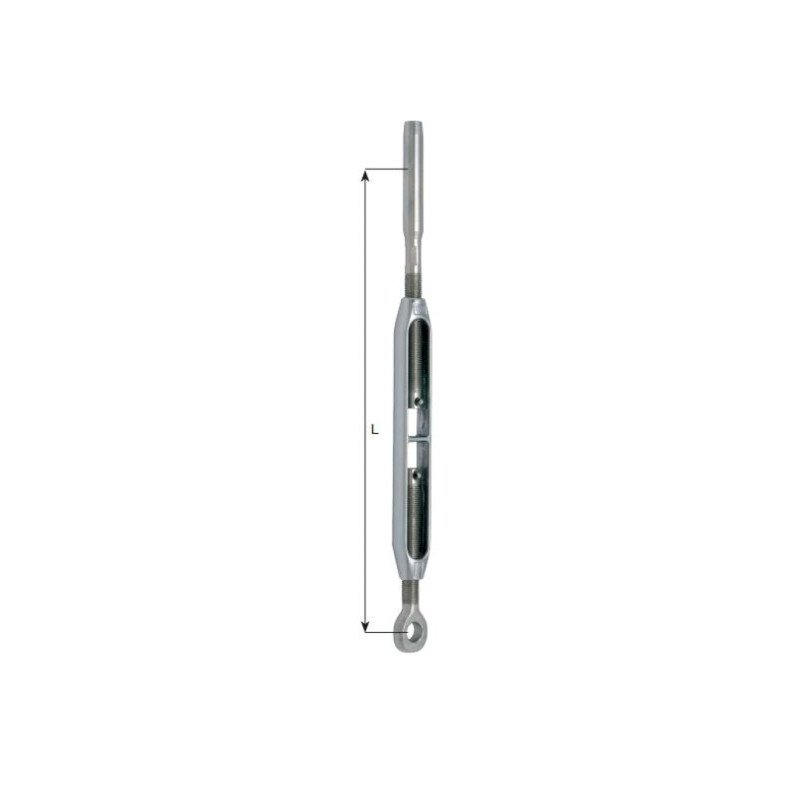
- Description: A threaded stud on one end and an eye fitting on the other.
- Best for: Fixed rigging points.
- Advantages:
- Compact and strong design.
- Ideal for fixed connections.
- Common Use: Lower shrouds and stays.
2. Stainless Steel Rigging Screws
- Material: AISI316 marine-grade stainless steel.
- Advantages: Strong, durable, and widely used in yacht rigging.
- Common Configurations:
- Open-Body Screws – Easier to inspect and maintain.
- Closed-Body Screws – Sleeker design, protects threads from dirt and corrosion.
3. Rigging Screw Accessories
- Rigging Screw Covers – Protects screws from dirt and damage.
- Rigging Screw Oil – Helps prevent corrosion and ensures smooth adjustment.
- Adapters – Used for specific rigging setups.
For replacement rigging, please use our Custom Rigging Calculator:
For our full range of Rigging Screws please visit:
